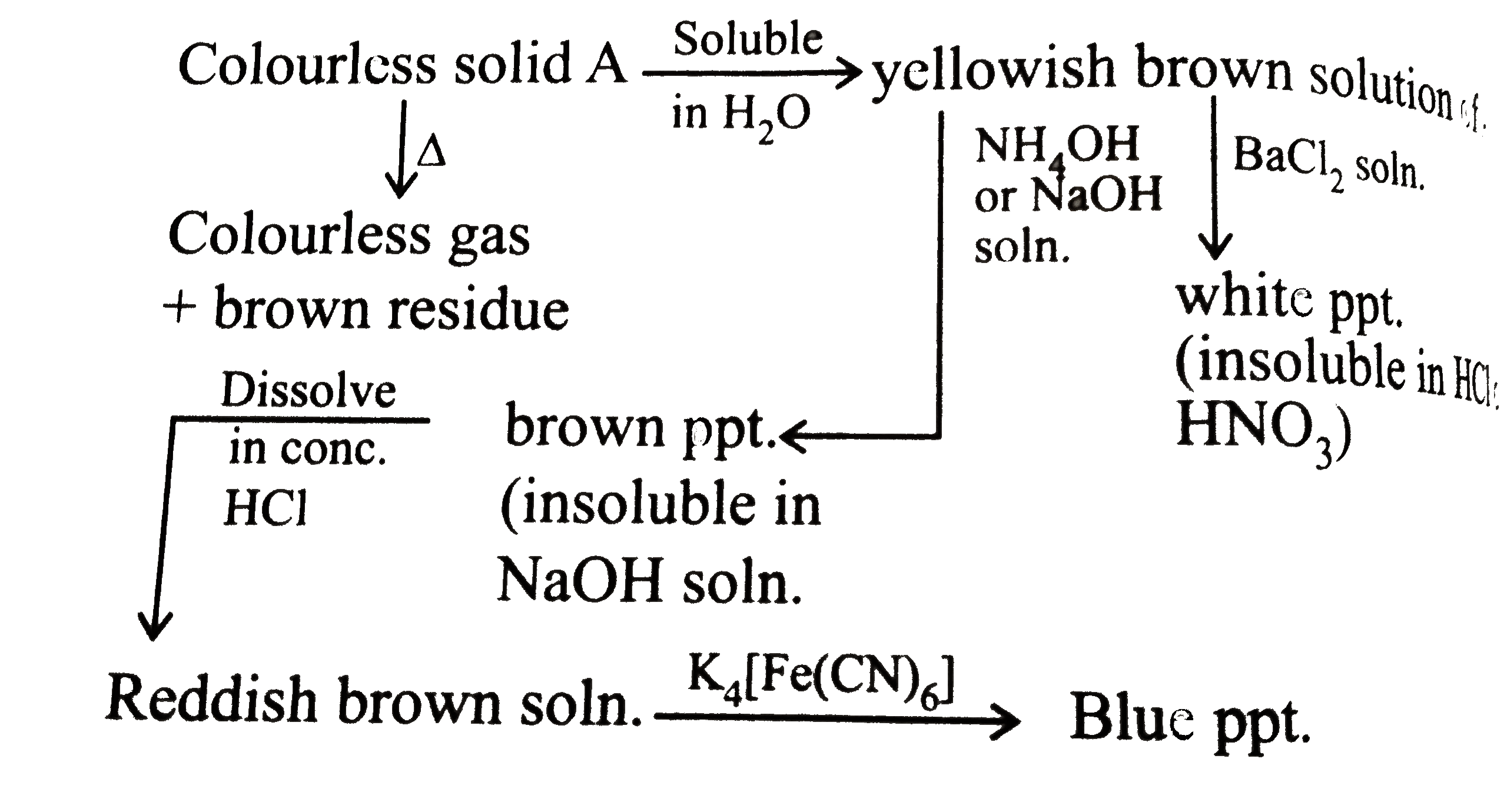What is the formula of iodide of Millon's base?
To determine the formula of the iodide of Millon's base, we can follow these steps:
Step 1: Understand Millon's Base
Millon's base is a compound formed from the reaction of mercury(II) salts with ammonia. The relevant compound here is the mercury(I) compound that forms when Millon’s reagent (Nessler's reagent) reacts with ammonia.
Step 2: Identify Nessler's Reagent
Nessler's reagent is represented by the formula K2HgI4, which contains potassium (K), mercury (Hg), and iodine (I). It is used to detect ammonia in solutions.
Step 3: Reaction with Ammonia
When Nessler's reagent reacts with gaseous ammonia (NH3), it produces a complex compound. The reaction can be summarized as:
K2HgI4+NH3→NH2HgOHgI+7K++2H2O
Step 4: Identify the Product
The product formed from this reaction is NH2HgOHgI. This compound is referred to as the iodide of Millon’s base.
Step 5: Write the Formula
From the reaction, we can deduce that the formula of the iodide of Millon’s base is:
NH2HgOHgI
Final Answer
Thus, the formula of the iodide of Millon's base is:
NH2HgOHgI
---
Millon's base is a compound formed from the reaction of mercury(II) salts with ammonia. The relevant compound here is the mercury(I) compound that forms when Millon’s reagent (Nessler's reagent) reacts with ammonia.
Nessler's reagent is represented by the formula K2HgI4, which contains potassium (K), mercury (Hg), and iodine (I). It is used to detect ammonia in solutions.
When Nessler's reagent reacts with gaseous ammonia (NH3), it produces a complex compound. The reaction can be summarized as:
K2HgI4+NH3→NH2HgOHgI+7K++2H2O
The product formed from this reaction is NH2HgOHgI. This compound is referred to as the iodide of Millon’s base.
From the reaction, we can deduce that the formula of the iodide of Millon’s base is:
NH2HgOHgI
Thus, the formula of the iodide of Millon's base is:
NH2HgOHgI
Topper's Solved these Questions
- BOOK - RESONANCE ENGLISHCHAPTER - QUALITATIVE ANALYSIS PART 1EXERCISE - EXERCISE 215videos
QUALITATIVE ANALYSIS PART 1
- BOOK - RESONANCE ENGLISHCHAPTER - QUALITATIVE ANALYSIS PART 1EXERCISE - EXERCISE 322videos
QUALITATIVE ANALYSIS PART 1
- BOOK - RESONANCE ENGLISHCHAPTER - QUALITATIVE ANALYSIS PART 1EXERCISE - EXERCISE 1 PART 1 QUALITATIVE ANALYSIS13videos
QUALITATIVE ANALYSIS PART 1
- BOOK - RESONANCE ENGLISHCHAPTER - QUALITATIVE ANALYSIS (ANION)EXERCISE - Matching List Type1videos
QUALITATIVE ANALYSIS (ANION)
- BOOK - RESONANCE ENGLISHCHAPTER - RANK BOOSTEREXERCISE - All Questions1896videos
RANK BOOSTER
Similar Questions
Knowledge Check
- Question 1 - Select One
What is the formula of hydrated BeCl2?
ABeCl2⋅H2OBBeCl2⋅2H2OCBeCl2⋅3H2ODBeCl2⋅4H2O
What is the formula of glycerol?
View Solution
What is the formula of brown ppt?View SolutionHg2Cl2 is black ened by NH3 due to formation of iodide of millon's base
View SolutionThe gas evolved in which of the following reactions forms the iodide of Millon's base on being passed through a solution of [HgI4]2− in KOH?
View SolutionWhat is the formula of carbon suboxide ?
View SolutionWhat is the general formula of silicones?
View SolutionWhat is a chemical formula?
View Solution

